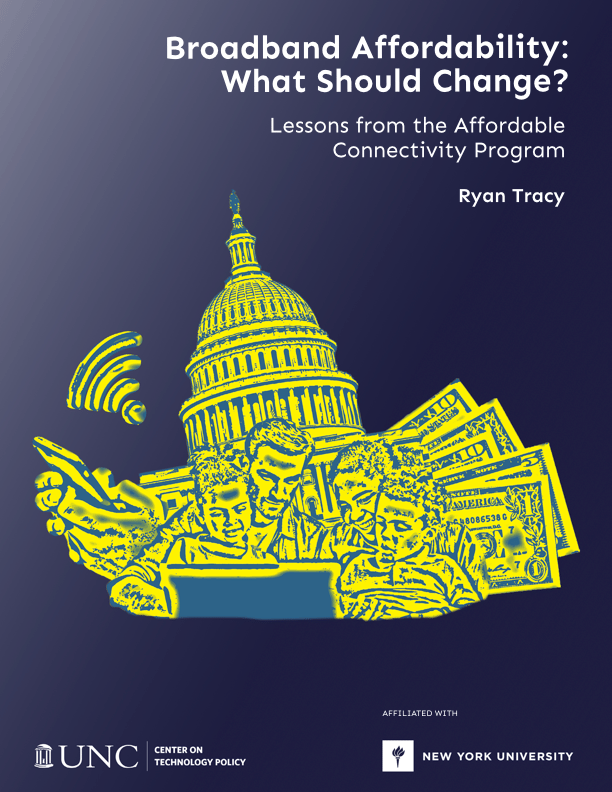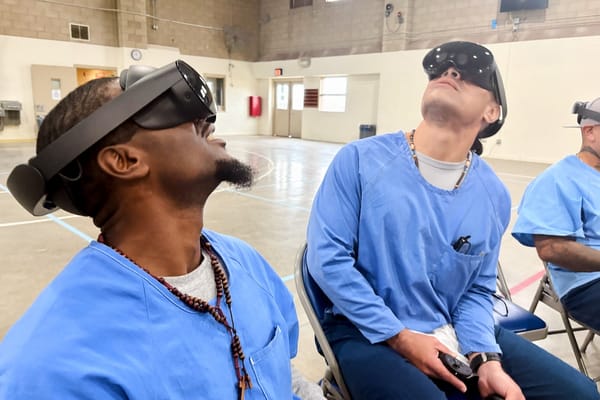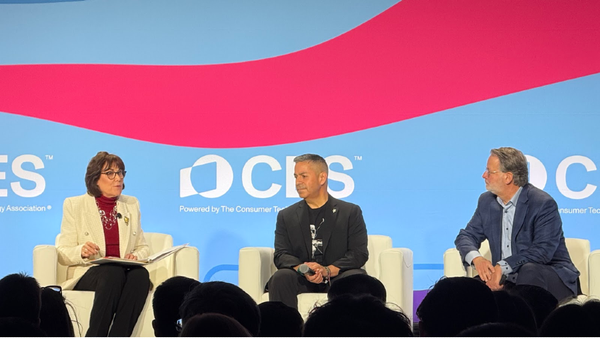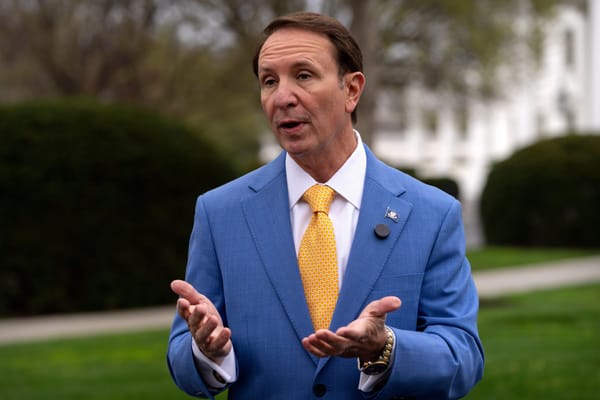New Study Proposes Funding Reforms for ACP
The Affordable Connectivity Program should change the income-eligibility threshold to 135% of the federal poverty line, says report.
Jericho Casper

WASHINGTON, Oct. 16, 2024 – With millions of Americans still struggling to afford internet access, a new report sheds light on how future broadband affordability programs could better target those in need.

Broadband Affordability: What Should Change?
In an exclusive report obtained by Broadband Breakfast, Ryan Tracy for New York University’s Center on Technology Policy assesses the successes and challenges of the Affordable Connectivity Program, which helped over 23 million U.S. households with the monthly cost of internet before its funding expired in May 2024.
An estimated 54.1 million households, or 41% of U.S. households, were eligible for the ACP based on income and other criteria. Tracy argued that the program cast too wide of a net, resulting in subsidies reaching households that may not have needed them.
The report comes as policymakers in Washington evaluate the future of broadband affordability, including the potential merging of the ACP into the Universal Service Fund, a long-standing federal program designed to promote universal access to telecommunications services, funded by fees on phone bills.
Tracy’s report emphasized the need for greater data transparency from the FCC in order to make informed decisions about future programs, particularly as the USF faces legal scrutiny before the Supreme Court. And, Vice Presidential nominee Gov. Tim Walz, D-Minn., called on Congress Tuesday to reinstate the ACP.
While the ACP successfully enrolled more Americans than any previous broadband affordability program in the United States, Tracy’s report, Broadband Affordability: What Should Change? Lessons from the Affordable Connectivity Program, outlined four major critiques of the program’s design:
- Income-Based Eligibility: Tracy suggests lowering the income-based eligibility threshold from 200% to 135% of the federal poverty line to better target families most in need. He argued that the 200% threshold is broader than other federal programs, such as the Lifeline program, which sets its threshold at 135%. Lowering the threshold would reduce over-inclusiveness, which has allowed households that don’t necessarily need the subsidy to benefit. Tracy notes that, even if the threshold is lowered, the program would still reach a substantial number of households, making 2.7 million of 23 million households ineligible for the program.
- School Meal Program Eligibility: The report highlights the issue with qualifying families based on their child’s attendance at a “Community Eligibility Provision” school, which provides free meals to all students regardless of income. This allowed many households to qualify for the ACP even if they were not financially in need of a subsidy. The alternative Tracy suggests is to rely on more targeted eligibility criteria, such as verifying household participation in specific federal assistance programs like Medicaid, Supplemental Nutrition Assistance Program, and Supplemental Security Income.
- Verification Methods: Tracy raises concerns about the "alternative verification methods" used by some providers, which allowed them to sign up households without adequate proof of eligibility. The report mentions that these methods led to inconsistencies and potential abuse. He suggests that the FCC or USAC should publish data on the error rate for providers that used these alternative verification methods, as compared to the error rate of the National Verifier.
- Device Subsidies: Tracy points out that fewer households used the ACP’s device subsidy compared to the monthly broadband discount – 8 million devices were subsidized through the ACP, compared to 23 million households that participated in the monthly internet service component. He raised concerns about a provider who collected $80 million in reimbursements from selling devices. This provider marketed heavily on social media platforms, with 90% of their customers being acquired through such ads.
As policymakers continue to look for ways to close the digital divide, the lessons from the ACP’s successes and challenges will likely help shape future efforts to ensure that low-income Americans stay connected in a more sustainable and cost-effective way.
Ryan Tracy is co-writer at Capitol Account, a Washington, D.C. publication focused on financial services regulation. He is a former reporter at The Wall Street Journal, where he spent 13 years covering the intersection of business and Washington across three presidential administrations. His reporting focused heavily on technology and telecommunications policy, including in-depth articles on the FCC's broadband programs.
In addition to the link above, you can read the full report at the Center for Technology Policy.











Member discussion